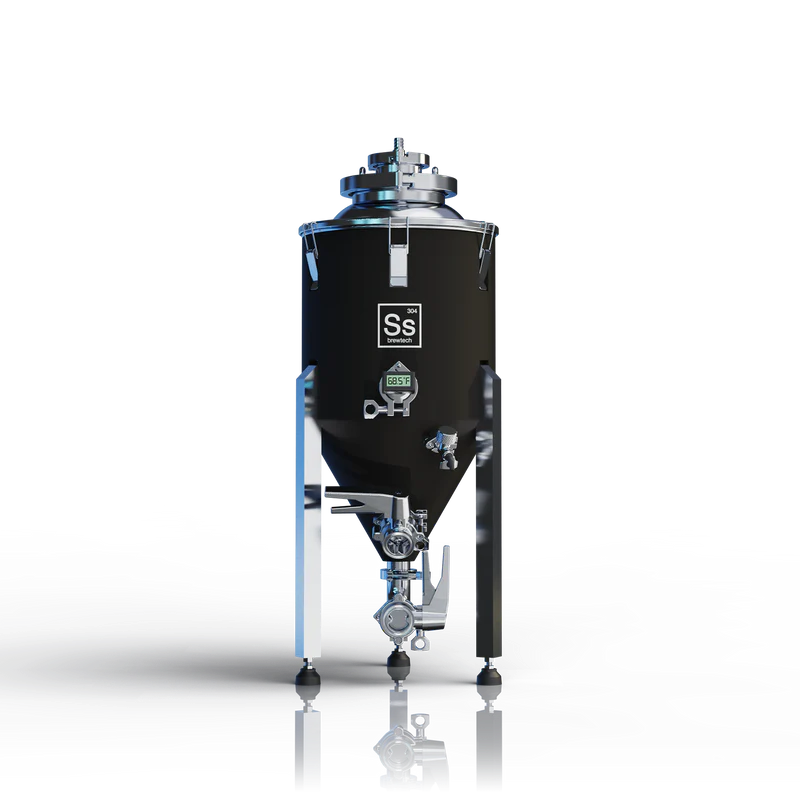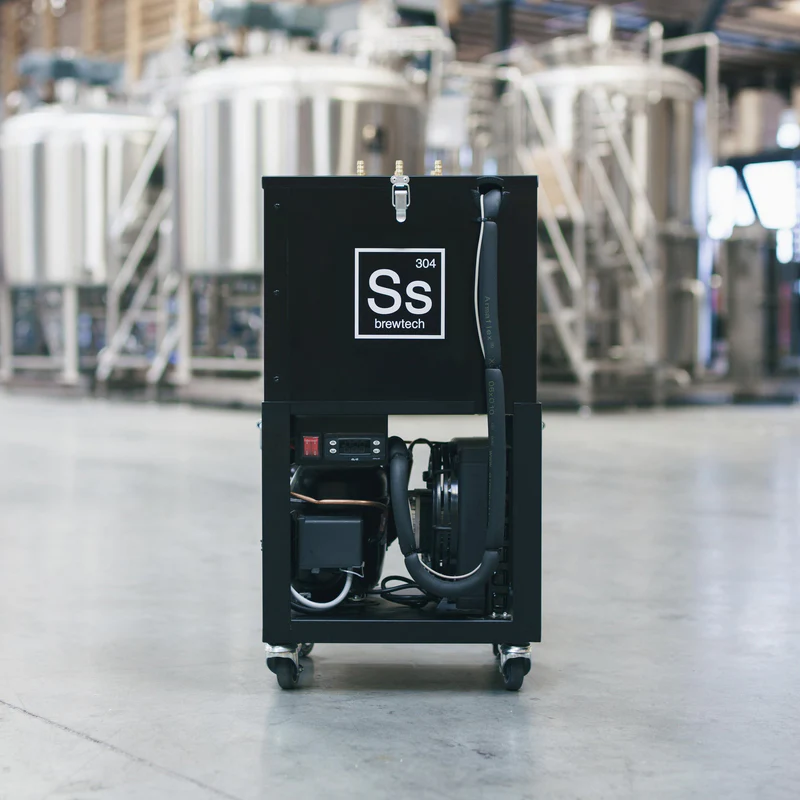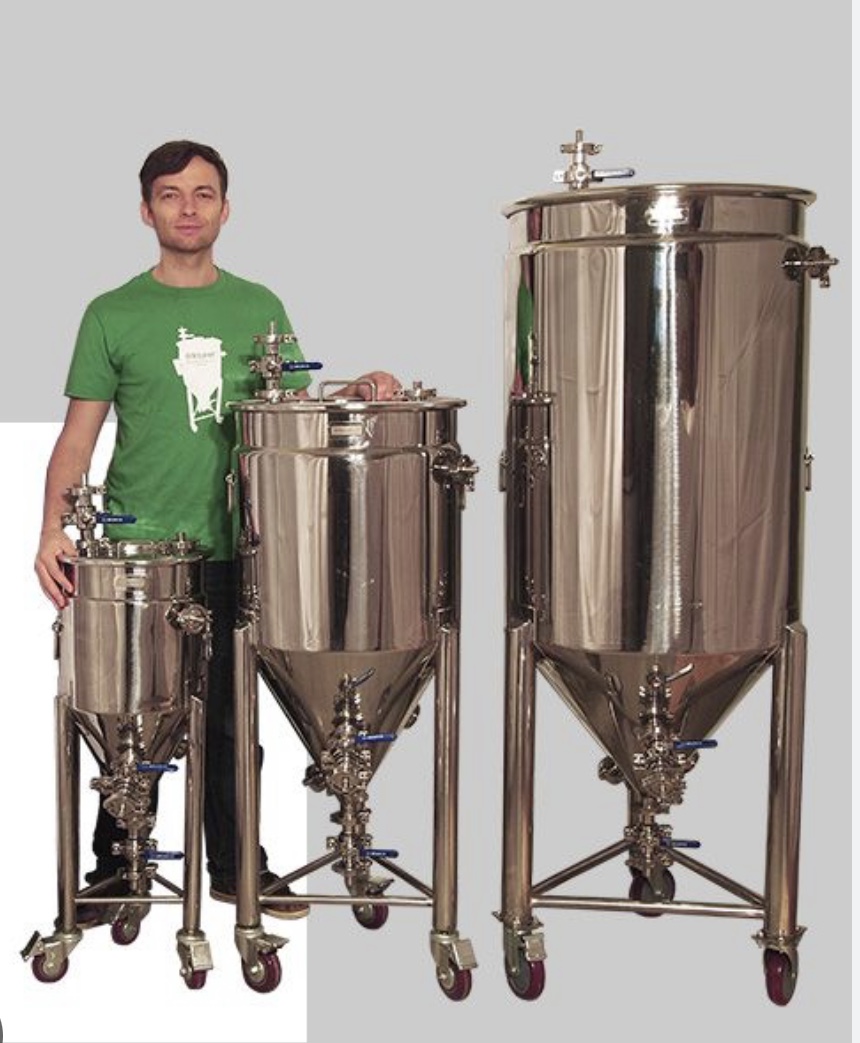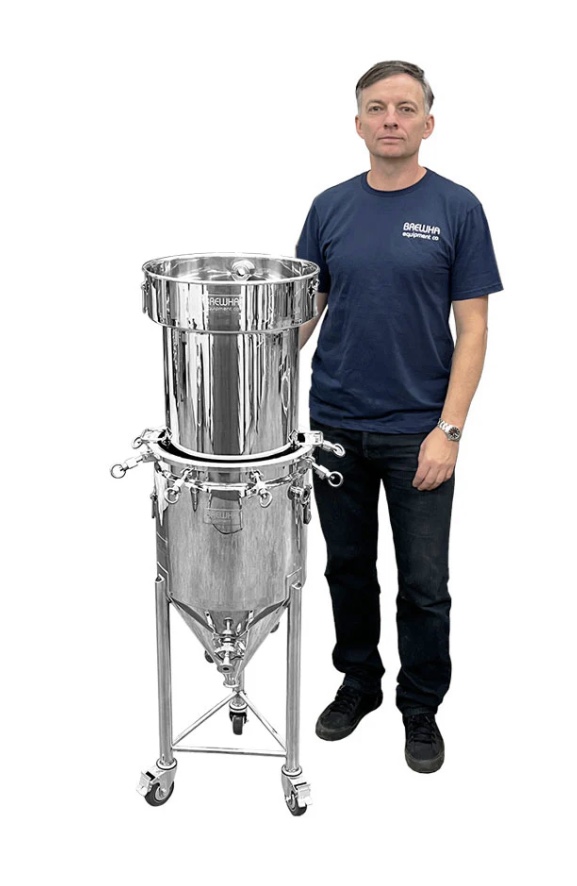snarf7
Well-Known Member
- Joined
- Apr 30, 2017
- Messages
- 380
- Reaction score
- 114
I was really into homebrewing several years ago,...but then I had kids  ...and one of them is special needs, and now there just simply isn't enough time in a day to set aside for me to brew anything. Between the sanitizing, the boil, mash, cooling, transfer, cleanup etc etc I just simply do not have the hours required to brew anything.
...and one of them is special needs, and now there just simply isn't enough time in a day to set aside for me to brew anything. Between the sanitizing, the boil, mash, cooling, transfer, cleanup etc etc I just simply do not have the hours required to brew anything.
So I started looking at all-in-one systems and soon became overwhelmed by the options and features. I realize if I ask 10 of you what the best all-in-one system is I'll get 10 different answers but hopefully you can guide me towards a top-3 decision based on your experiences and given my following requirements:
1)I want a truly all-in-one solution, I want an electronic brewer that I can mount immediately next to fermenter and connect together so the minute the wort is finished and chilled, I can transfer to the fermenter, set the temp on it and walk away. So if anyone has such a system setup and you love how it works together (brewer-fermenter etc) please share your experience.
2)Easy, oxygen-free transfer to kegs from the fermenter. I use sankey kegs and connectors exclusively.
3)Easy to clean/maintain, if it has dozens of pieces I need to constantly be disassembling and cleaning and putting back together I'm not interested, no muss, no fuss is key. Bonus points if it has a way to pump/circulate PBW and StarSan thru the system and clean everything out.
4)Available space is not huge, I'm fine brewing for one 5g keg at a time, I don't need a huge system so better to have something that can easily be installed in a smaller area.
5)I'm in the U.S. so 120V is preferable, if I had to do 240 i could it would just be a pain in the ass.
6)Budget is not a huge concern, I don't mind paying extra for quality, features and ease of use...that said if its 3 times as much as a comparable system it becomes a matter of diminishing returns for me.
Really looking forward to your thoughts, thanks a lot gang!
So I started looking at all-in-one systems and soon became overwhelmed by the options and features. I realize if I ask 10 of you what the best all-in-one system is I'll get 10 different answers but hopefully you can guide me towards a top-3 decision based on your experiences and given my following requirements:
1)I want a truly all-in-one solution, I want an electronic brewer that I can mount immediately next to fermenter and connect together so the minute the wort is finished and chilled, I can transfer to the fermenter, set the temp on it and walk away. So if anyone has such a system setup and you love how it works together (brewer-fermenter etc) please share your experience.
2)Easy, oxygen-free transfer to kegs from the fermenter. I use sankey kegs and connectors exclusively.
3)Easy to clean/maintain, if it has dozens of pieces I need to constantly be disassembling and cleaning and putting back together I'm not interested, no muss, no fuss is key. Bonus points if it has a way to pump/circulate PBW and StarSan thru the system and clean everything out.
4)Available space is not huge, I'm fine brewing for one 5g keg at a time, I don't need a huge system so better to have something that can easily be installed in a smaller area.
5)I'm in the U.S. so 120V is preferable, if I had to do 240 i could it would just be a pain in the ass.
6)Budget is not a huge concern, I don't mind paying extra for quality, features and ease of use...that said if its 3 times as much as a comparable system it becomes a matter of diminishing returns for me.
Really looking forward to your thoughts, thanks a lot gang!
Last edited:












































![Craft A Brew - Safale S-04 Dry Yeast - Fermentis - English Ale Dry Yeast - For English and American Ales and Hard Apple Ciders - Ingredients for Home Brewing - Beer Making Supplies - [1 Pack]](https://m.media-amazon.com/images/I/41fVGNh6JfL._SL500_.jpg)

















